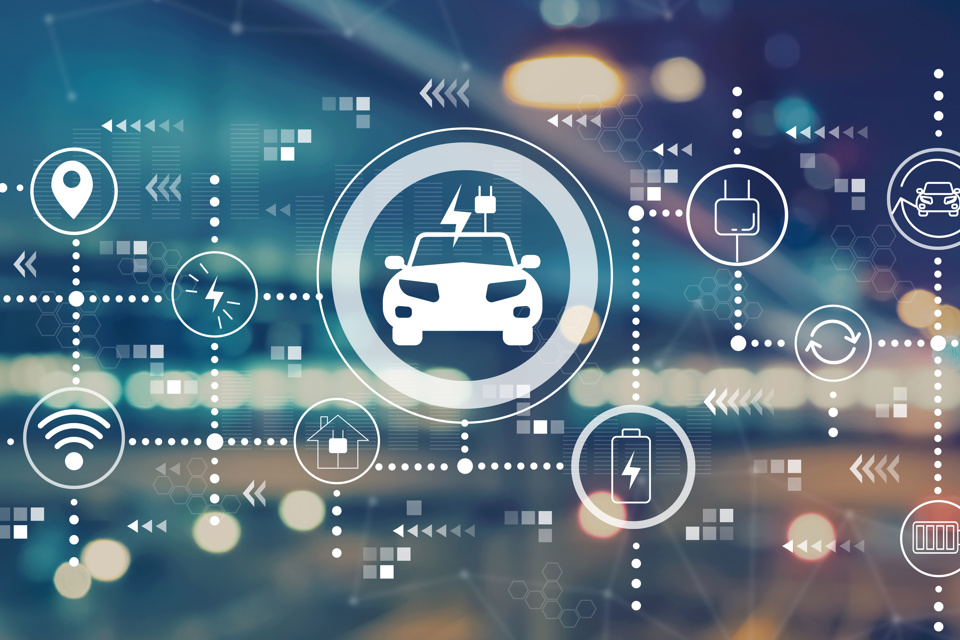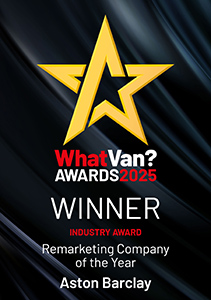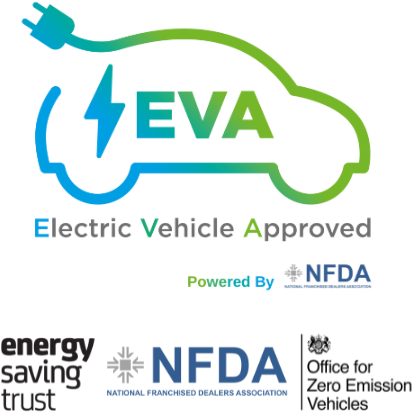
Talking Tech - What do all the EV terms mean?
Making the change from the pump to the plug can be daunting for drivers, especially with the new lingo that comes with an EV. In truth, it’s actually easy to understand, but it is a different world to the litres and miles per gallon terms that a lot of drivers are used to. If you are either considering bringing EVs into stock, or just want to know more about these vehicles and the language needed to sell them, here’s a handy jargon-busting guide to electric car tech.
What is a kW?
The rate a car can be charged at is typically quoted in kilowatts – kW. The more kilowatts a charger can supply, the faster the charge – however, how fast your car can accept a charge will be the limiting factor. Many vehicles can now charge at 100kW, while an increasing number can achieve 350kW that can deliver a 20- 80% charge in as little as 25 minutes.
What the difference between a kW and a kWh?
This is a measure of energy usage per hour and is typically how battery size is indicated. The more kW a charger can deliver, the faster the battery charges – X kW in an hour = kWh.
Slow, fast, rapid, and ultra rapid charging?
Chargers are typically divided into three categories. Charging at home from a 3- pin plug will be slow, at around 2.3 kW, while a slow public charger is rated at around 3.6kW which, as its name suggests, is still pretty slow. Fast chargers range from 7kW to 22kW and can be good for an opportunistic top-up or charge while stationary for a while. Rapid chargers are great for a quick charge and range from 50kW to 100kW, while ultra rapid chargers quickly get power into your battery at a rate of up to 350kW.
What are Type 2, CHAdeMO and CCS plugs?
The most common type of plug for an EV is Type 2 and is today almost universal amongst new cars. This AC connector has seven pins and is what most fast chargers use. CHAdeMO is used by some car manufacturers to deliver a rapid charge, however, in Europe the CCS rapid charge plug is becoming far more common, after this charging plug, and the UK Type 2 plug were both mandated in 2018.. Both of these channels offer a more powerful DC electrical current.
What is battery preconditioning?
Battery performance is susceptible to temperature, with colder days often denting range. However, many EVs are fitted with a heat pump that warms the battery and keeps it performing optimally. Charging speed and capacity can also be degraded in cold weather, but by preconditioning the car – a programme that effectively heats the vehicle before you charge – you can plug-in and optimise charging immediately.
The good news is that preconditioning can be set remotely from the manufacturer’s app on your smartphone or preprogrammed within the vehicle itself.
Overnight charging
You’ll hear a lot about off-peak tariffs with electric cars. Essentially, these are periods – usually at night – when electricity is cheaper. By programming your car to charge off-peak overnight at home, you’ll fill your battery for less money. It’s a great way to make electric motoring even cheaper.






